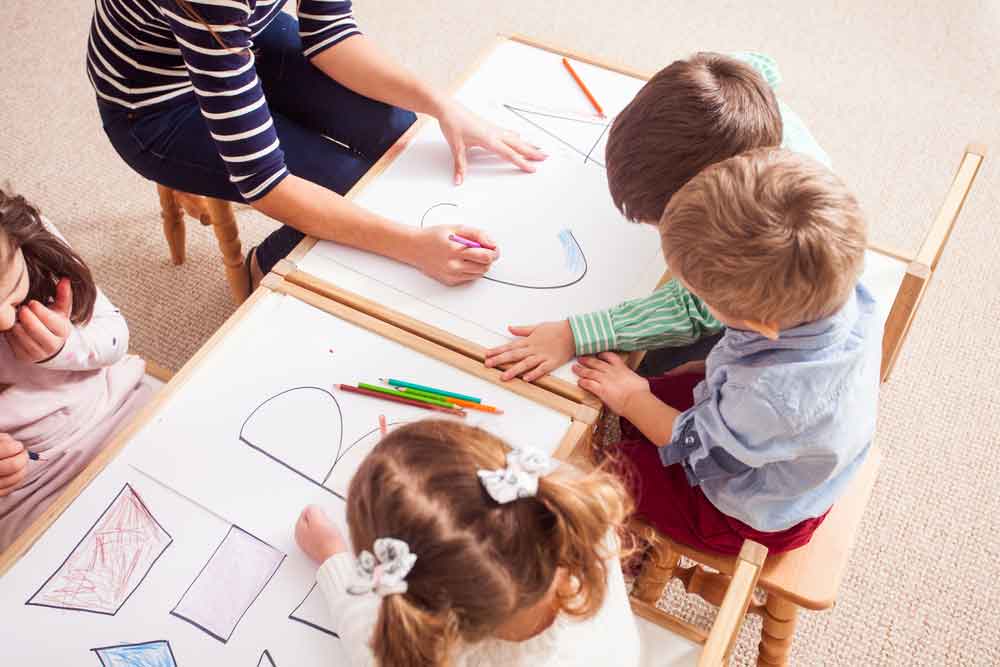
As a parent, there are lots of things you will already be doing to help your child prepare for school. Early learning is just one more way you can give your child the best head start possible. But what is early learning, what activities are involved and who does it apply to?
What Is Early Learning?
Early learning refers to a range of activities and experiences that help children develop important social and language skills that they will need as they start school. The main aim of early learning is for children to discover new things about the world around them, either at home or in a childcare setting.
What Age Group Does Early Learning Apply To?
Early learning is a form of childhood education for children aged 0 to 3 years old, but preschool can also fall under this category, which is for children between the ages of 3 and 5.
What Kinds Of Activities Are Involved?
Early learning encompasses a wide range of topics, skills and subjects, including:
- Early literacy activities: These might include talking about words, reading books together and naming sounds of letters.
- Early numeracy activities: These could involve counting items, recognising numbers on objects, and measuring length with rulers or cards.
- Social-emotional skills development: This could be anything from supporting children’s emotional well-being to teaching them how to make friends with other children.
- Physical development: Activities like running around or playing games are good examples of this type of early learning.
Play-based Learning
Play is an important part of learning as it is a crucial way that children learn about the world around them, allowing them to explore different ideas and concepts.
In play, children often copy what they see others doing and try things out for themselves, which allows them to engage with the world around them.
An early learning teacher can help your child learn new things by providing a stimulating environment and engaging them in structured or unstructured play. Some examples of the types of play that are used in early learning include:
- Blocks, where children explore shapes, sizes, and colours of different objects
- Storytelling, where the teacher creates stories for children based on their interests and abilities
- Sand trays or water tables, where children can use various tools to shape sand or water into different patterns
Who Benefits From Early Learning?
There are numerous benefits to early learning programs for both children and their families, but most of all, it gives children a good head start in life.
Early learning allows children to receive the skills they need for later education and can also help your child make friends and develop independence. For parents, early learning can help them to understand their child’s development and the purpose behind certain learning techniques.
For more information regarding the benefits of early learning education for your child, visit Jacaranda Early Education.

